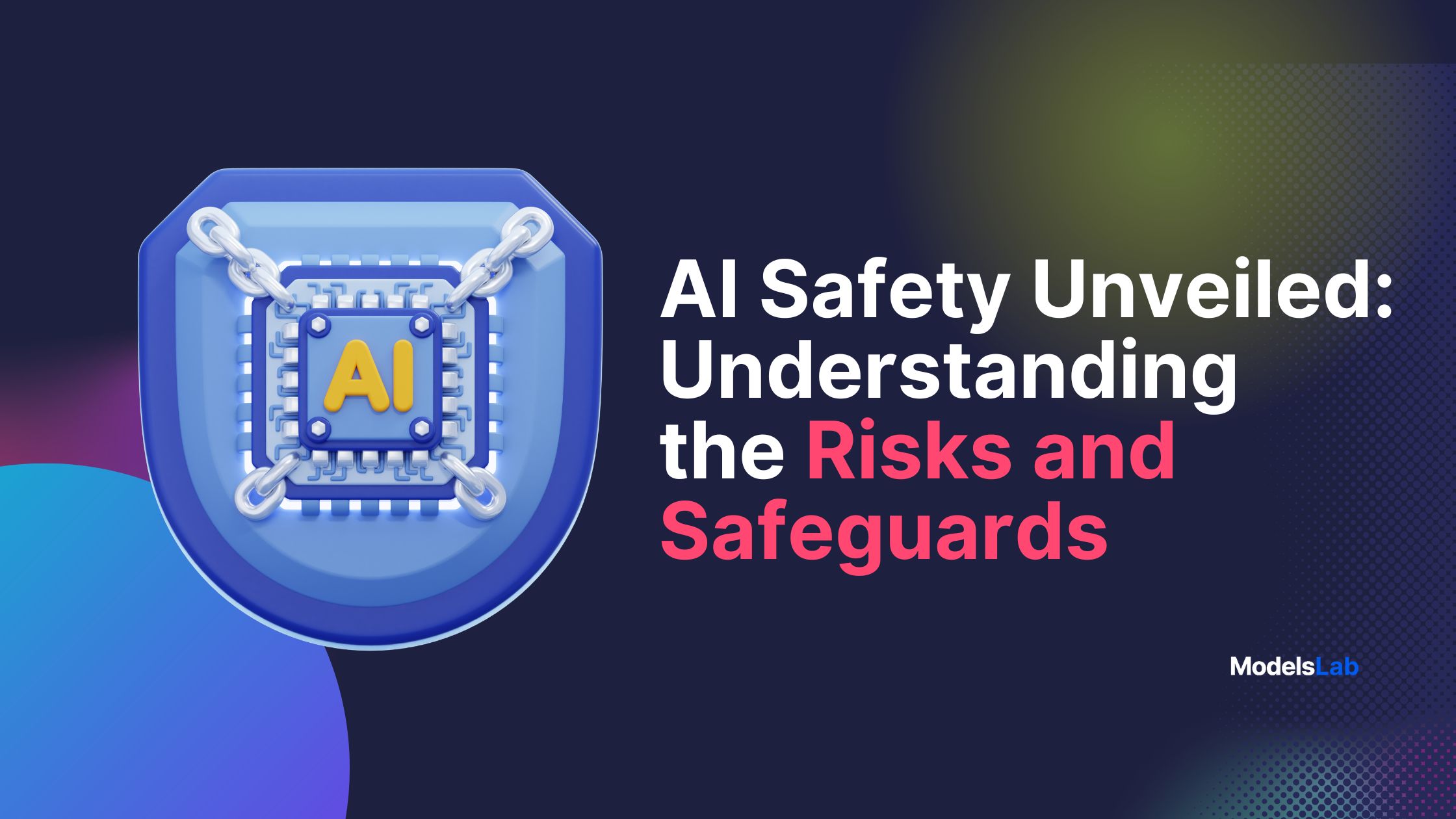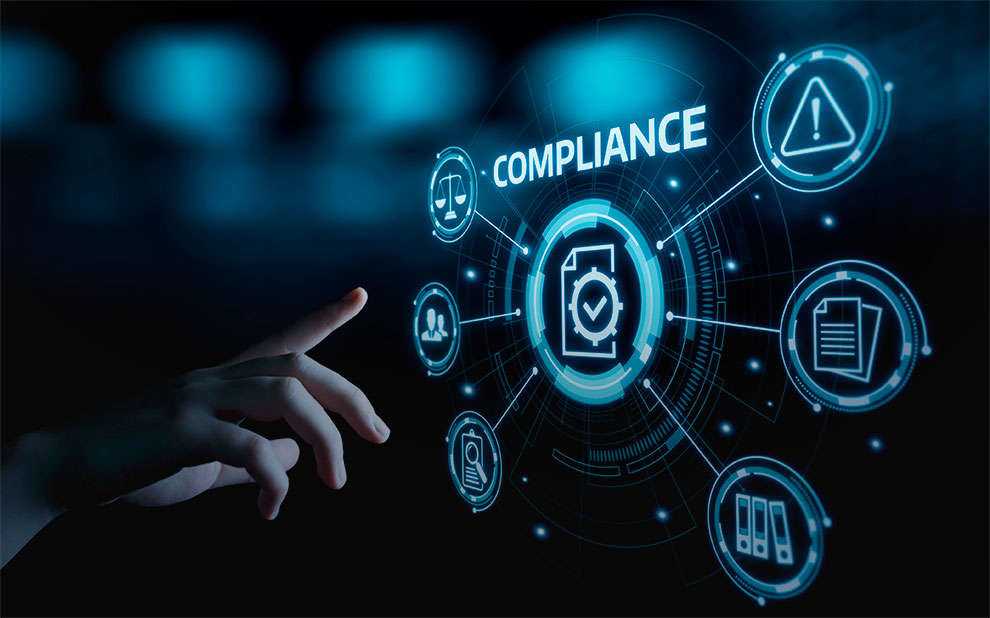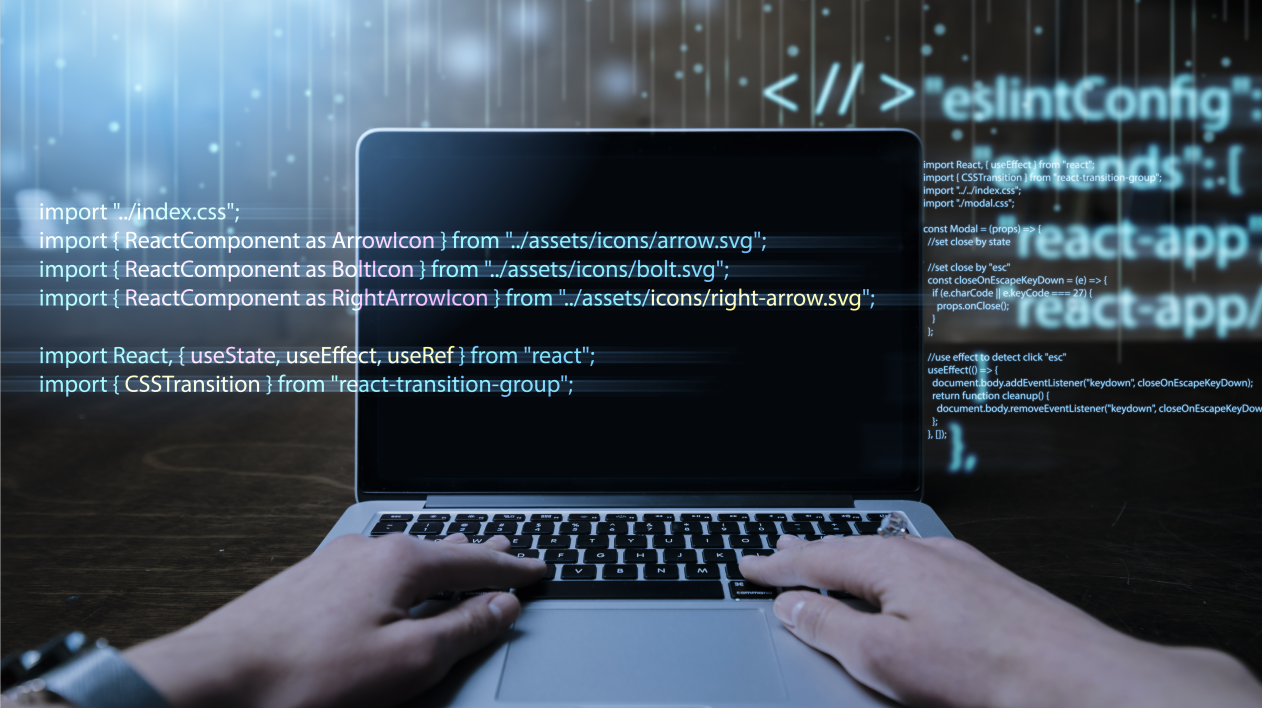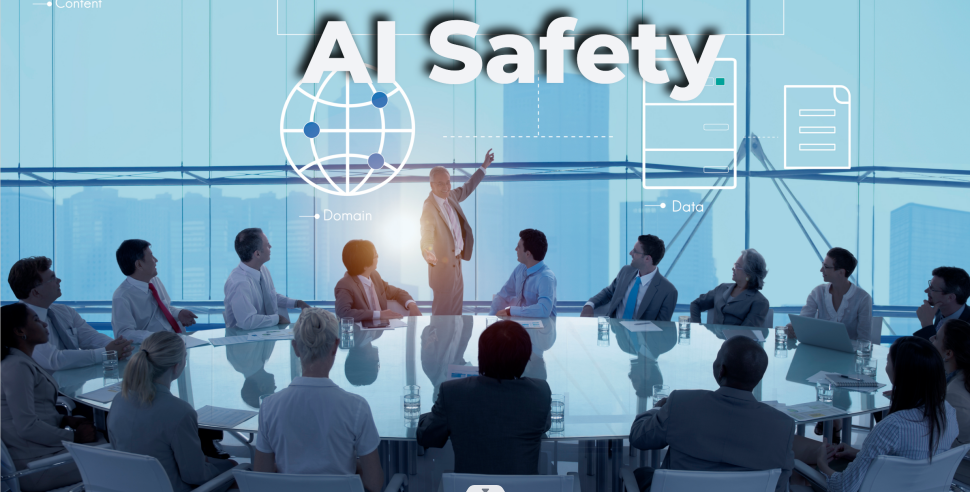Understanding AI Safety and Best Practices for Responsible Use
Written on . Posted in AI.
We use AI in our daily lives, and it has become one of the most important aspects of our routine. However, we also know that some people use AI for malicious activities. To prevent such activities, AI safety is required.
Understanding AI safety is important whether you are a user, stakeholder, developer, or student. In this article, we will provide an overview of the risks and strategies to address them.
What is AI Safety?
AI Safety is about making sure that AI systems work correctly and don’t cause any harm or unexpected problems. It involves using rules, practices, and tools to ensure AI behaves as intended and is safe for people to use.
Key parts of AI safety include:
Algorithm Accuracy: Making sure AI systems follow the rules they’re built on and give reliable results without errors or bias.
Data Protection: Keeping the data that trains AI safe from hackers or mistakes that could cause the AI to make wrong decisions.
Following Laws: Ensuring AI systems follow legal guidelines and don’t break rules about fairness, privacy, or safety.
Ethical Responsibility: Building AI systems that are fair, transparent, and don’t harm people or create problems like discrimination.
For Generative AI that creates new things, like text, images, or music, this is highly important. This is so easy to misuse to create fake text or content. This leads to the notion that we require AI safety so that as AI gets more powerful, it remains beneficial in helping and does not ever create hence new forms of risk.

The Major Risks of AI
The major risks of AI can be broken down into several key categories:
Manipulation of an AI model: As these systems learn from the data, intentionally distorting it helps to mislead the AI into making ineffective or harmful decisions. Such an approach, known as model poisoning, has become a threat to many applications.
Bias and discrimination: When AI models are trained on biased data, the results are likely to be unfair or discriminatory. It is especially dangerous when AI is implemented in such critical fields as hiring, lending, AI art, or criminal justice, potentially leading to devastating outcomes.
False output: Sometimes, AI models generate outputs that are completely false or distorted. These errors, known as hallucinations, can be hard to spot because the AI may otherwise produce accurate and coherent results.
Input Prompt Manipulation: AI systems can be tricked into giving false or harmful outputs if malicious actors manipulate the input prompts. This can lead to misleading results, compromising the reliability of the AI system.
Prompt DoS (Denial of Service): Attackers can overwhelm AI systems by exploiting vulnerabilities in how they respond to certain inputs, causing the AI to crash or behave unpredictably.
Data Leakage: If sensitive or private data unintentionally becomes part of an AI model’s training data, it can compromise the privacy of individuals or organizations, leading to severe security risks.
Non-Regulatory Compliance: Non-compliance with evolving AI regulations can lead to legal penalties and harm an organization's reputation. Therefore, AI safety practices are crucial to prevent unintended harm and ensure responsible AI use.
Safeguards and Strategies for AI Safety
Safeguards and strategies for AI safety are essential to ensure that AI systems function as intended without causing harm or unintended consequences.
Here are some key measures and strategies:
Algorithmic Integrity
Frequent checks on AI algorithms are essential to ensure they function as intended and have not been tampered with or altered. This helps maintain the integrity of AI models and prevents the introduction of biases.
Additionally, systems should be in place to detect and correct biases in training data and algorithms. Using diverse datasets and closely monitoring AI outputs can help reduce bias and ensure fair and accurate results.
Data Security and Privacy
To protect user privacy, data should be anonymized before it is fed into AI models. This approach maintains confidentiality while still allowing the models to learn from the data.
Additionally, all data used by AI models should be encrypted to prevent access or theft by malicious actors. It’s also important to limit access to sensitive data and AI models to authorized personnel only, employing strict identity verification processes to ensure security.
Regulatory Compliance
AI systems must comply with global regulations like the EU’s General Data Protection Regulation (GDPR) and the US AI Safety Institute guidelines. This includes being transparent about how AI makes decisions and how it protects data.

Additionally, developing comprehensive AI governance frameworks is crucial. These frameworks should address compliance, ethics, and risk management, and be adaptable to evolving regulations to ensure ongoing adherence to legal and ethical standards.
AI Model Monitoring and Control
Monitor the AI model continuously to ensure no anomalies or irregular behavior, to avoid dangerous effects at the early stage. Equip your AI system with fail-safe mechanisms so you can shut down or overrule it if it behaves unpredictably or its actions will cross any kind of line.
In addition, track every update of any AI model you will use and make sure you can roll back to the previous version if a new one behaves unacceptably.
Prompt Security
To protect against prompt injection attacks, it's crucial to implement safeguards that detect and prevent such threats. This involves verifying user inputs to ensure they don’t lead to malicious outputs.
Additionally, using filters to process only valid and authorized prompts helps minimize the risk of unwanted or harmful results from AI systems. These measures enhance security and ensure that the AI operates safely and as intended.

Risk Assessment and Management
Continuously evaluating the risks associated with AI development is essential. This includes monitoring issues related to bias, privacy, and unintended consequences to help organizations stay ahead of potential problems.
Additionally, it's important to classify AI models based on their associated risks. This way, more critical systems receive the higher levels of scrutiny and safeguards they need to ensure safety and effectiveness.
Human Oversight
Human involvement allows for intervention when the AI system produces questionable or unexpected results.
Additionally, it's important to ensure that AI systems follow ethical guidelines when making decisions, while always giving humans the ability to override AI decisions if needed. This balance helps maintain control and accountability in critical situations where AI may not have all the context.

Ongoing Education and Training
Ongoing education and training are essential for ensuring AI safety. AI developers should be continuously trained on the latest safety protocols, ethical guidelines, and regulatory requirements. This helps equip them to address potential risks effectively.
Another important aspect is the need to inform users and stockholders of the use of AI and the need for safety measures. Many things can go wrong with AI without proper education for users, so if they are well-informed about the errors that can occur and take timely measures, the AI system will be safe.
Thus, these measures and regulations, in combination with each other, reduce risks in AI and ensure that AI works safely, and ethically, and contributes to society.
Final Thoughts
AI safety is crucial for maximizing the benefits of artificial intelligence while minimizing its risks. By enforcing strong safeguards, protecting data, and following regulations, we can prevent misuse and promote responsible AI.
Continuous monitoring, human oversight, and ongoing education are key to addressing new challenges and building trust in AI. As AI advances, focusing on safety will ensure it remains a force for good and a valuable driver of progress.
Your Next Read: Is DeepFake Illegal?
